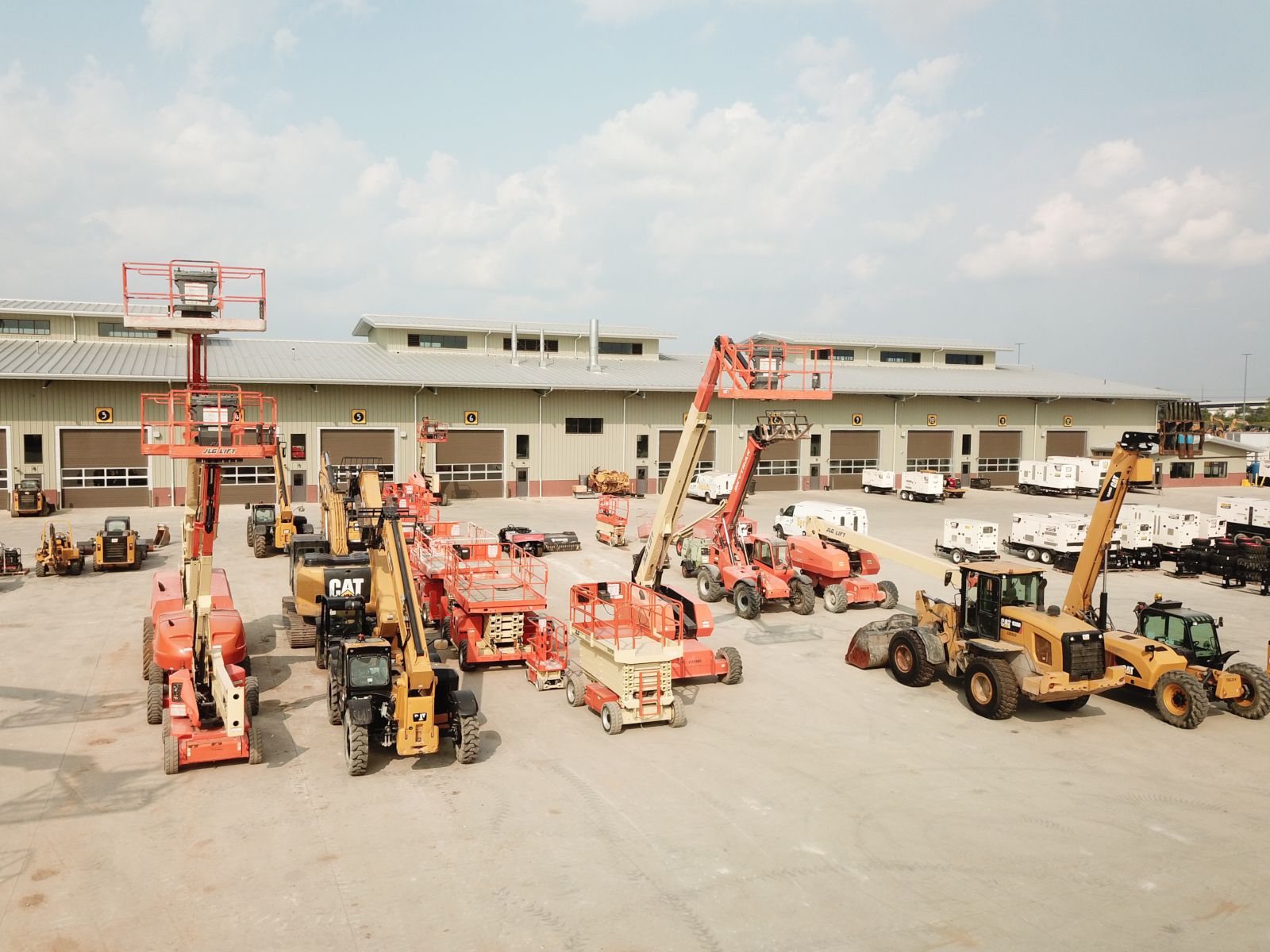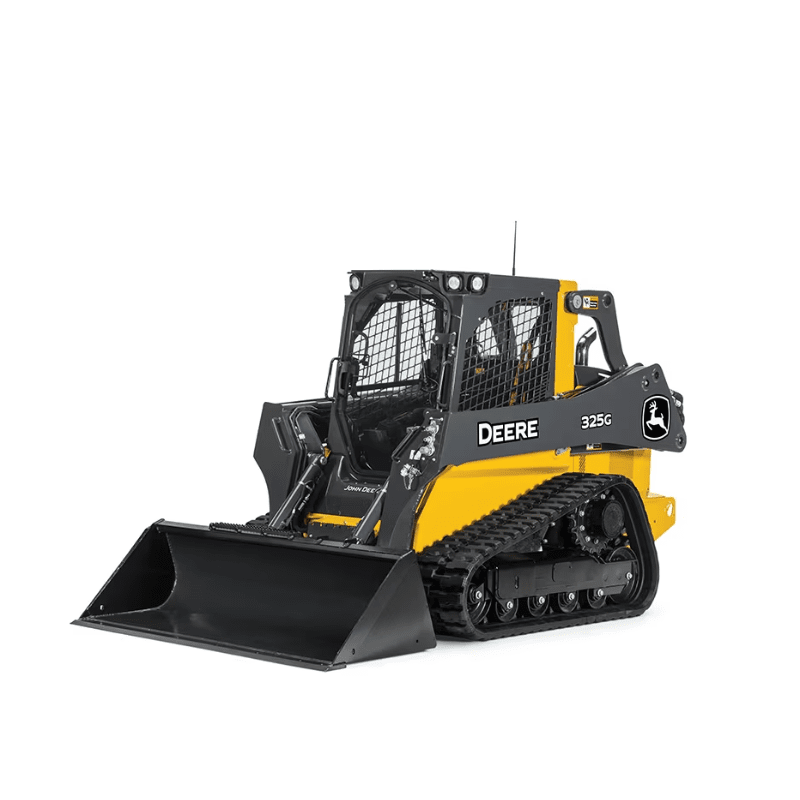Forklift Rental: Heavy Training Equipment for Warehousing and More
Forklift Rental: Heavy Training Equipment for Warehousing and More
Blog Article
Optimize Your Budget Plan by Understanding the Prices Connected With Construction Tools Leasings
Understanding the complete scope of costs related to construction equipment services is critical for maximizing your budget. While the initial rental charge might seem simple, various added expenses-- such as transport, gas additional charges, and upkeep-- can swiftly collect, affecting your economic planning. In addition, understanding numerous charges and the ins and outs of rental agreements can assist stay clear of unexpected economic burdens. What approaches can be employed to efficiently take care of these prices and guarantee a much more reliable rental experience?
Overview of Rental Prices
When considering building and construction equipment leasings, recognizing the connected prices is paramount for efficient budgeting and project planning. Rental prices can vary substantially based upon several aspects, consisting of equipment kind, period of rental, and place. The first rental fee usually mirrors the equipment's market demand and its connected functional capacities, affecting the total expense.
Along with the base rental price, ancillary costs may develop, such as transport costs, gas additional charges, and upkeep fees. It is necessary to represent these additional expenditures to accurately analyze the total expense of renting equipment. In addition, the rental period can influence pricing; longer rentals might receive reduced rates, while short-term services could incur greater day-to-day costs.

Breakdown of Rental Prices
An extensive understanding of rental rates is vital for specialists and job supervisors aiming to maximize their spending plans. Rental prices for building equipment typically are composed of a number of components, consisting of base prices, time-based charges, and use charges.
Base rates are the core costs related to the leasing of the devices, often established by the kind and size of the machinery. These rates can differ dramatically, influenced by aspects such as equipment need, accessibility, and local market patterns. Time-based charges, which may be daily, weekly, or monthly, offer to accommodate different job timelines and rental periods.
In addition, rental rates might consist of use fees, which are applicable when equipment is utilized past a specified limit, making sure that the rental company can represent damage. Seasonal need variations can additionally affect rental rates, with peak building and construction seasons typically commanding higher rates.
Moreover, comprehending the rental company's policies relating to upkeep and insurance policy can give more understanding right into the overall expense framework. By assessing these components, specialists can make informed decisions, making sure the option of rental devices lines up with both task demands and budget restrictions.
Extra Charges to Take Into Consideration
Recognizing the details of added costs is crucial for service providers to handle their total service expenditures properly. Beyond the conventional rental rates, various supplemental fees can considerably impact the overall cost of equipment service. These fees usually include distribution and pickup fees, which can differ based upon range and logistics associated with delivering the equipment to important source and from the anchor task website.
In addition, some rental business might impose gas surcharges if the devices is returned with less gas than when rented out. It is likewise necessary to recognize possible cleaning charges, specifically for specialized tools that needs detailed maintenance after use.

Completely reviewing the rental arrangement and clarifying these additional charges ahead of time can assist service providers prevent unexpected expenses and make certain that budgets continue to be undamaged throughout the project lifecycle.
Repair And Maintenance Expenditures
Routine upkeep and repair work costs are frequently ignored elements that can dramatically influence the general price of building tools services. When renting devices, it is critical to consider not only the rental costs yet additionally the potential costs connected with maintaining the equipment in optimal operating problem.
Several rental companies include fundamental upkeep as component of the rental agreement; however, much more unforeseen malfunctions or considerable repairs can lead to additional expenses. It's necessary to examine the rental agreement very carefully to recognize what upkeep solutions are covered and what obligations drop on the tenant.
Moreover, tools that is not properly maintained can bring about inadequacies at work website, possibly enhancing and triggering delays read more project prices. To minimize these threats, it is a good idea to carry out routine evaluations and maintain open interaction with the rental service provider regarding any concerns that develop during use.
Insurance and Responsibility Expenses
Insurance coverage and liability prices are essential elements that can considerably impact the total expenditure of building and construction devices rentals (dozer rental). These costs make certain that both the rental business and the customer are safeguarded from prospective monetary losses developing from crashes, damage, or burglary during the rental period

In addition, clients ought to recognize any deductibles or exclusions in the insurance plan, as these can influence potential out-of-pocket costs. Recognizing the terms and conditions of any type of insurance policy protection is vital to prevent unforeseen costs. Eventually, budgeting for insurance policy and obligation expenditures can help guarantee a smoother rental experience and secure versus financial risks connected with building tasks.
Verdict
In conclusion, a comprehensive understanding of the prices linked with building and construction devices rentals is necessary for efficient budget management. Inevitably, notified decision-making relating to equipment services contributes to the overall success of building and construction ventures.
Rental prices can differ considerably based on numerous aspects, including tools type, period of rental, and place (forklift rental). The rental period can influence prices; longer services may certify for discounted rates, while temporary leasings could incur greater everyday fees
By conducting thorough research and engaging with reputable rental business, service providers can effectively navigate the intricacies of rental rates, eventually optimizing their economic resources.
Past the standard rental rates, various supplemental fees can dramatically impact the overall expense of devices leasing. Rental business usually provide obligation insurance policy that covers injuries to third parties or damages to residential or commercial property, while equipment damages insurance can cover the cost of repair services or substitute if the leased devices is damaged.
Report this page